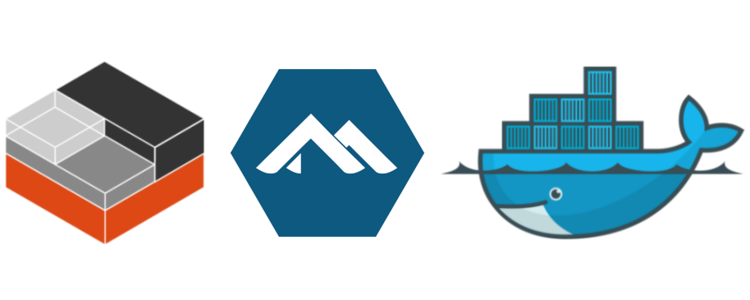Wazuh decoders for the Uncomplicated Firewall (ufw) from Ubuntu 24.04 do not work because they expect a different format of log entries. This article explains how to fix this with custom decoders and custom rules.
Wazuh and UFW in Ubuntu 24.04


Wazuh decoders for the Uncomplicated Firewall (ufw) from Ubuntu 24.04 do not work because they expect a different format of log entries. This article explains how to fix this with custom decoders and custom rules.

Login Failure Daemon (lfd) is a process that monitors the authentication log and matches all its lines against the set of regular expressions to detect login attempts that continually fail within a short period of time. It is often used to detect login failures of SSH connections. However, the regular expressions lfd uses to detect brute force attacks contain severe errors, and an attacker can exploit those bugs to cause a denial of service attack.
To delete all old ReplicaSets in Kubernetes, you can use the following one-liner:
kubectl get rs -A -o wide | tail -n +2 | awk '{if ($3 + $4 + $5 == 0) print "kubectl delete rs -n "$1, $2 }' | sh

It is not always convenient to manage the cluster from the console; a web dashboard is sometimes much more convenient. In this post we will learn how to set up automatic certificate renewal with cert-manager, expose the Kubernetes Dashboard to a public Ingress over a secure connection, and configure simple basic authentication as an addition security layer.

In Alpine Linux 3.11, there is an issue with Varnish Cache: reload operation always fails. In this post, I try to analyze why this happens, and provide a patch that solves the issue.

When experimenting with Docker Swarm, I decided to set up five more nodes on my local computer. I used Alpine images in the LXC, and tried to use Docker in them. Although docker stared successfully, it was impossible to deploy any services to Alpine nodes, deployment failed with “cgroups: cannot find cgroup mount destination: unknown” error message.
Because I dislike when something that should work, does not work the way I expect it to work, I decided to dig deeper and try to fix the problem.

I needed a small container for experiments to run on my systemd-based machine. LXC and LXD were out of the question. However, systemd has systemd-nspawn tool, which I used to build a container.
The size of the resulting rootfs is around 8.7 MB
Looks like some people on Twitter have just discovered `update-motd` and, in particular, /etc/update-motd.d/50-motd-news.
TL;DR: just run this if you want to disable motd-news:
sudo sed -i 's/^ENABLED=.*/ENABLED=0/' /etc/default/motd-news

Add this to `proftpd.conf` and restart `proftpd`: TLSOptions NoSessionReuseRequired
A Facebook user asked how to forbid write access to an external USB drive, allowing only for read-only access. This article explains how to do that with the help of udev.